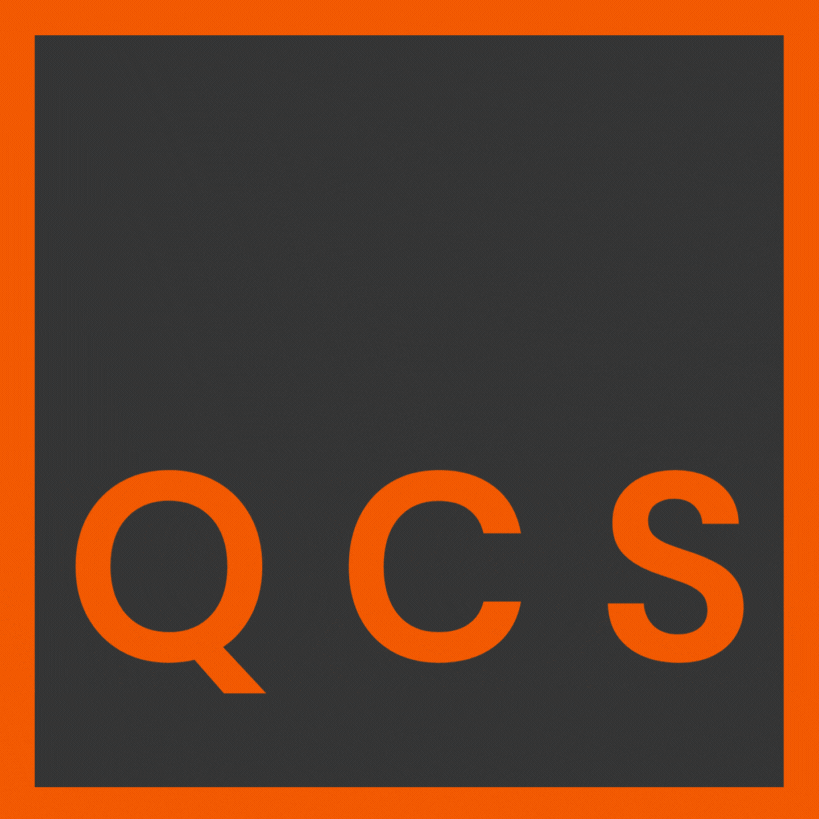Remote management systems provide IT service professionals with a way to efficiently scale IT operations across multiple sites. Typical use cases for remote management systems include remote support, patch management, troubleshooting, and software installs. For QCS LTD, a remote management system — also known as remote monitoring and management (RMM) software — is a critical tool of the trade because it provides a cost-effective way to support our clients without onsite staff at each location.
Components and Benefits of an RMM Solution
- Automation and scripting
This allows for automatically installing default software bundles to new computers, as well as making global changes to all of your computers (as an example, maybe you want your company logo on everyone’s desktop – that can be scripted). - Monitoring and Alerts
This helps us to maintain visibility over your computer assets and reduces mean time to recover (MTTR). A remote management system allows QCS LTD to monitor resources like CPU, RAM, and disk, detect when systems go online or offline, and receive alerts for issues such as servers failing with a blue screen of death (BSOD). - Patching
Patching operating systems and third-party applications significantly reduces the chances an endpoint falls victim to a known vulnerability. A remote management system helps QCS LTD scale patch management across all of your computer assets and define policies that reduce the risk of human error associated with manual patch processes. - Remote Access
Remote access and backgrounding tools in a remote management system allows QCS LTD to improve our troubleshooting and support speed and quality. When one of your staff has an issue, they can open a ticket, as well as request a remote session to receive the quickest support we can offer. - Reduced Downtime
Remote management systems increase uptime in two key ways: reducing MTTR and early detection of problems. When a service disruption occurs, remote management systems can enable QCS LTD to remotely resolve the issue or even automation remediation to restore service quickly. Additionally, remote management enables visibility that allows service providers to detect problematic trends before they become outright service disruptions.

